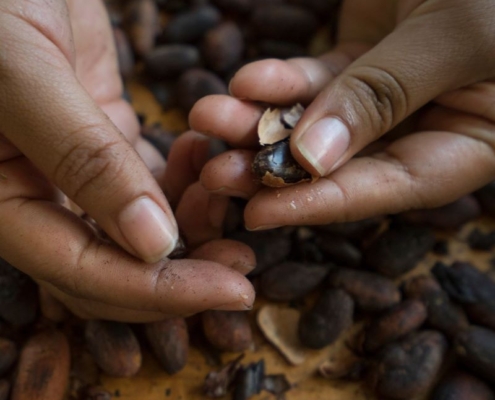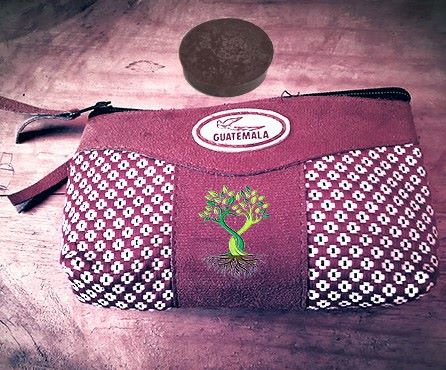Guatemala is one of the world’s leading producers of GMO-free cacao. Guatemala is the only country in Central America that prohibits the cultivation of genetically modified organisms (GMOs). This ban applies to all crops, including cacao.
There are several reasons why Guatemala has chosen to ban GMOs. One concern is that GMOs could harm the environment. For example, some GMOs are engineered to be resistant to herbicides. This could lead to increased use of herbicides, which could in turn pollute water supplies and harm wildlife.
Guatemala GMO-Free Cacao. Another concern is that GMOs could harm human health. There is some scientific evidence that GMOs could cause allergic reactions or other health problems. However, more research is needed to confirm these risks.
Despite these concerns, GMOs are widely used in many parts of the world. In the United States, for example, about 90% of soybeans and 88% of corn that is grown is genetically modified.
The ban on GMOs has helped to make Guatemala a leader in the production of organic cacao. Organic cacao is cacao that is grown without the use of synthetic pesticides or fertilizers.
Organic cacao is often more expensive than conventional cacao, but it is in demand by consumers who are willing to pay a premium for a product that they believe is healthier and more sustainable.
Here are some of the reasons why Guatemala GMO-Free Cacao is preferred by some consumers:
- GMOs may harm the environment.
- GMOs may harm human health.
- Organic cacao is grown without synthetic pesticides or fertilizers.
- Organic cacao is often more expensive than conventional cacao, but it is in demand by consumers who are willing to pay a premium for a product that they believe is healthier and more sustainable.
Cacao has healthy properties for both consumption and topical application. Here’s a breakdown of the potential benefits:
- Heart-Healthy Fats: Cacao butter contains a mix of saturated and unsaturated fats. While it does have saturated fat, it also boasts a good amount of monounsaturated fat (oleic acid) which can help lower bad (LDL) cholesterol and raise good (HDL) cholesterol, potentially contributing to heart health [1, 2].
- Source of Vitamin E: Cacao butter is a decent source of vitamin E, an antioxidant that benefits the body in various ways, including supporting vision, reproduction, and brain and skin health [2].
- Theobromine: A stimulant similar to caffeine, but milder and with a longer-lasting effect. Theobromine can improve mood, energy levels, and focus
- Anandamide: Often referred to as the “bliss molecule,” anandamide is a neurotransmitter that produces feelings of pleasure and euphoria. It is thought to play a role in the mood-boosting effects of cacao
- Phenylethylamine (PEA): Another neurotransmitter that elevates mood and promotes feelings of alertness and well-being. PEA is also associated with feelings of love and attraction.
Cacao paste does contain components that might indirectly contribute to healthy triglyceride levels:
- Phytosterols: Pure cacao paste contains plant sterols which can help block the absorption of cholesterol in the intestine. This can lead to lower overall cholesterol levels, which may positively impact triglycerides [1].
- Moderate Saturated Fat: While high saturated fat intake can raise triglycerides, cacao paste contains a moderate amount. The predominant fat in cacao paste is stearic acid, which some studies suggest may have a neutral effect on triglycerides compared to other saturated fats [2].




 Ethical Fashion Guatemala
Ethical Fashion Guatemala Ethical Fashion Guatemala
Ethical Fashion Guatemala